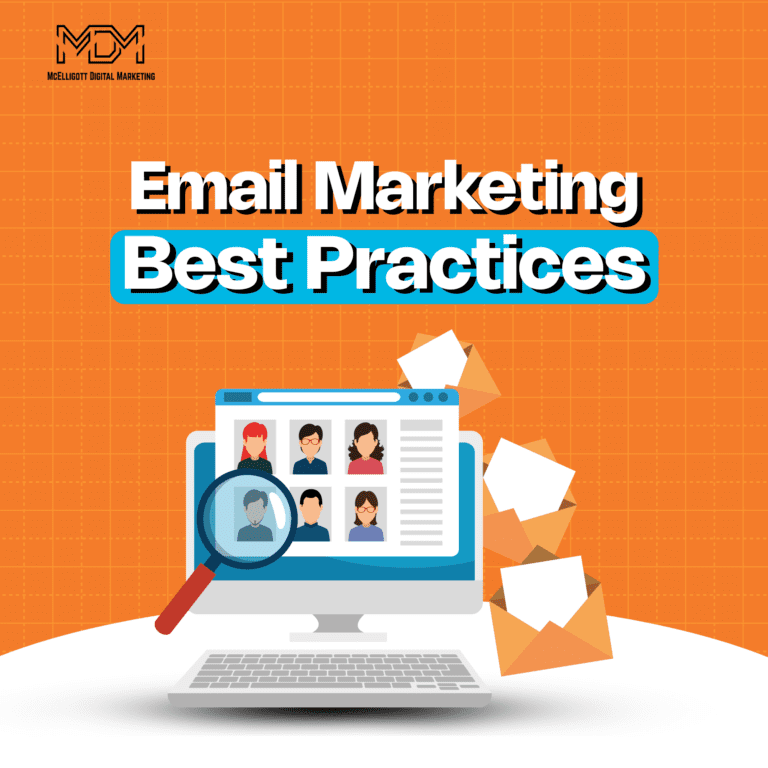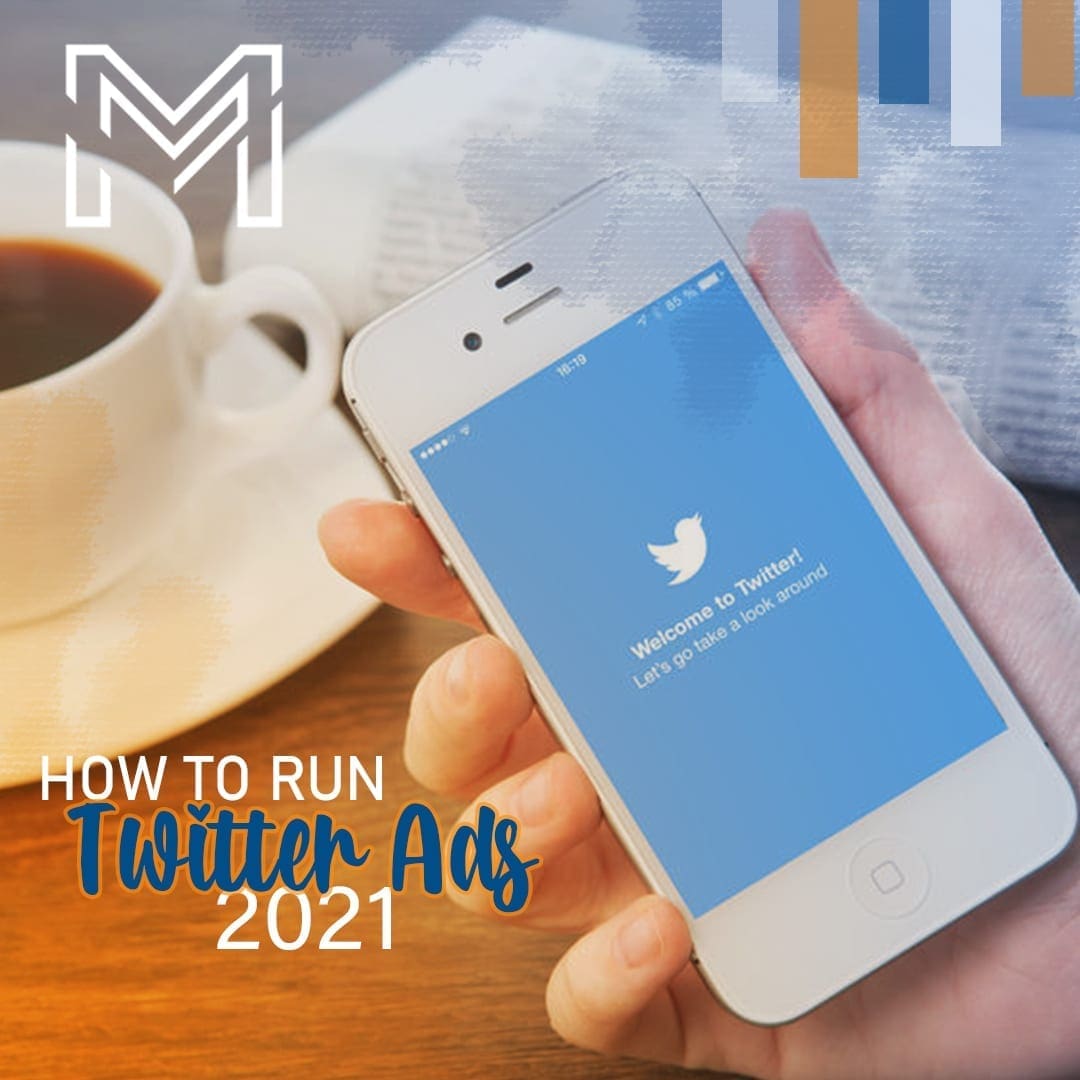Email marketing is a great low-cost, high-ROI-yielding marketing method for engaging existing and new customers and driving conversions.
It lies at the bottom of the funnel, so it has the lowest cost per conversion. Email marketing is a powerful strategy when you use data and the right tools. It also gives you more control than other marketing methods. You manage your own subscriber list. Unlike social media or search engines, you don’t have to rely on algorithms to reach your audience.
However, running a successful email campaign is not always easy. Knowing you should send emails is different from planning and creating them. It can feel like a heavy task but the right email marketing strategy makes a big difference. To help you get started, we have put together a list of simple email marketing best practices.
Follow these email marketing tips to set up successful campaigns this year. These will help you send high-quality, relevant content to people who look forward to your emails.
10 Email marketing best practices you should never miss
1. Know your audience
Before sending emails, take the time to understand your audience. They are more than just a group of people with similar traits. To connect with them better, ask yourself these questions-
- When and how do they like to receive emails?
- Do they use certain words, phrases, or slang that would make your message feel more natural?
- What interests or habits make them different from others?
You may not find all the answers right away, and that’s okay. The good thing about email marketing is that you learn as you go. You can adjust your emails over time by tracking how people respond and make them even better.
2. Welcome email
Start by sending a welcome email to everyone who signs up. It’s a great way to thank them for staying connected with your business!
Many brands offer a discount, like 10% off, to encourage people to join their email list. This helps attract more subscribers and keeps them engaged from the start.
You can set up this process easily with your email platform. Just make sure to send the email on time. A daily schedule works better than a weekly one to reach new subscribers quickly.
3. Email planning and scheduling
If you plan to send a regular newsletter, keep a consistent schedule. It can be monthly, weekly, or even daily (though daily is too much). A fixed schedule helps your subscribers know when to expect your emails. It also makes content planning easier.
Many businesses test different days and times for sending emails. However, they often find that the original schedule works best. People like routines, and a predictable email time increases engagement.
For special promotions like Black Friday, holiday sales, or big discounts, you don’t need to follow your usual schedule. Instead, plan a series of emails. Send follow-ups to those who didn’t open or click the first email. This helps you reach more people.
Avoid last-minute email additions. They disrupt your marketing plan and cause unnecessary stress.
4. A//B testing
Get ready for a successful email campaign by making a simple checklist. This will help you remember all the important steps before you hit “Send.” This will make sure your emails go out smoothly every time.
One important step is testing your email before sending it. This helps you find mistakes like typos, broken links, or formatting issues. It also checks if your email might go to the spam folder. If people can’t read your email properly, they won’t engage with it. Over time, this can harm your sender’s reputation. Testing your emails helps you avoid these problems.
5. Email personalization
Personalization is not new, but it is more important than ever. Sending the same email to everyone no longer works. It won’t get high engagement or conversion rates.
Like other marketing methods, emails perform better when they are timely and relevant. Personalization helps make emails more relevant. There are many ways to do this. You can use the recipient’s first name or group people based on their interests.
When someone signs up for your emails, ask what they want to receive. Do they want updates on sales? Alerts when products are back in stock? Newsletters? Use their answers to send emails that match their interests. This makes your emails more effective and engaging.
6. Send emails only with permission
Building a good email list takes time and effort. Always get clear permission before sending marketing emails. This keeps you in line with anti-spam laws and helps you connect with people who are truly interested in your brand.
A double opt-in process is a great way to confirm subscribers. First, they sign up through a form. Then, they receive an email asking them to confirm their subscription. This ensures they genuinely want to receive your emails.
Here are two key things to remember when sending marketing emails.
Get permission before sending emails
Only email people who have agreed to receive messages from you. Subscribers should sign up through a form on your website or ask to be added. This reduces spam complaints and improves your email performance. When people want your emails, they are more likely to open and read them.
Make sure subscribers know why they are getting your emails
Your signup form should clearly explain what type of emails you will send and how often. People sometimes forget they signed up. Adding a short reminder in each email helps. A simple sentence saying they subscribed through your website can prevent confusion.
When you get permission first, your audience will be more engaged. They will look forward to your emails.
Also read: Benefits of email marketing
7. Writing better email content
From the email subject line to the call to action, your email content needs to be precise and relevant all the time.
Write an effective subject line
The subject line is the first thing people see in their inbox. It should grab attention and make them want to open your email.
- Keep it short– Around 50 characters works best.
- Create urgency– Add a deadline, like “Sale Ends Tonight!”
- Make it personal– Use the recipient’s name if possible.
- Ask a question– It sparks curiosity and encourages clicks.
Always test different subject lines to see which ones work best. Many email tools have A/B testing and even AI suggestions to help you.
Using emojis in emails
Emojis add emotion to your emails, making them more engaging. However, using too many makes your message look unprofessional.
It’s important to understand your audience before using emojis. Younger readers, like millennials, often enjoy them, while older readers might not. Emojis work best in casual and fun emails but should be avoided in serious or formal messages.
One or two well-placed emojis make a difference without overwhelming the email.
Write a clear and engaging email
Your email content should be simple, clear, and to the point. Whether you are announcing a sale, sharing helpful tips, or asking for feedback, get to the point quickly.
Using simple words and short sentences makes your email easier to read. Break up long paragraphs to make the content scannable. Readers often skim emails, so keeping your message concise and direct ensures they get the most important information.
When your emails are clear and valuable, people will be more likely to read and respond.
Adding images to your emails
Images help your email look more appealing and get your message across faster. But some people may have images turned off in their email settings.
- Use images to support your message, not replace text.
- Add alt text. This helps readers understand the image even if it doesn’t load.
- Keep file sizes small. Large images can make emails load slowly.
Call to action (CTA)
Every email should have a clear purpose. Do you want the reader to buy a product, sign up for an event, or visit your website? Your email should guide them toward that action.
A strong call to action (CTA) should be easy to find and stand out visually. Use clear and direct phrases like “Shop Now” or “Sign Up Today” instead of vague ones. While you can include additional links in the email, the main CTA should be the most noticeable and actionable.
8. Consistent branding
Email is a direct and personal way to communicate with your audience. To build trust, your brand’s voice should always feel the same.
Mixing different tones can be confusing. For example, sending both serious updates and fun promotions using the same style does not work well. To avoid this, use different colors, fonts, and sign-offs for different types of emails. Keeping a consistent look and feel makes your brand more recognizable and professional.
9. Quality over quantity
Email marketing is a great way to stay connected with your audience. But sending too many emails can do more harm than good.
If people receive too many messages, they feel overwhelmed. Some may unsubscribe, while others may mark your emails as spam. This can hurt your reputation.
Start by sending emails at a steady pace. Pay attention to how your audience responds. Adjust your email frequency based on their reactions. This will help keep your subscribers interested without making them feel bombarded.
10. Check your landing pages
Writing and designing emails takes time and effort. But where you send your readers is just as important.
Make sure the links in your email take users to the right pages. The experience should feel smooth and natural. If you are promoting a product, link directly to that product’s page. Avoid sending users to your homepage or a general product page. This makes it easier for them to find what they need and take action quickly.
Conclusion
To know if your email marketing is working, you need to track results. This helps you see what is going well and what needs improvement.
Pick the most important things to measure. Some key metrics include open rates, click rates, bounce rates, and unsubscribe rates. If you want more details, use a tool with heat mapping. This shows where people click inside your email.
For better tracking, take screenshots of your emails. Include the subject line and preview text in your report. This makes it easy to see which emails performed well and which need changes.
Email marketing is a great way to connect with people. It helps you build trust, turn potential buyers into customers, and keep existing customers happy.
To save time and money, follow simple and effective email marketing tips. These strategies will help you improve your emails and get better results.
Need help with email marketing?
Speak with us to learn how our Direct Mail marketing works for you.
Email marketing FAQs
1. What is the best way to do email marketing?
Send emails that are useful and interesting to your audience. Use clear subject lines, add a personal touch, and include a strong call to action. Track your results and make changes to improve your emails.
2. How often should I send marketing emails?
It depends on your audience and business. Sending emails once or twice a week is a good way to stay in touch without annoying subscribers.
3. How can I get more people to open my emails?
Write catchy subject lines that grab attention. Personalize emails to make them feel special. Send emails at the right time and test different ideas to see what works best.





